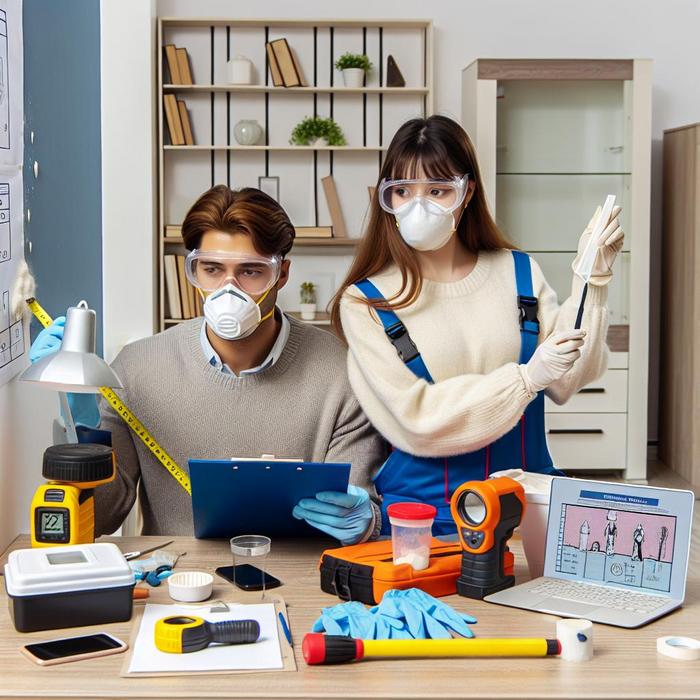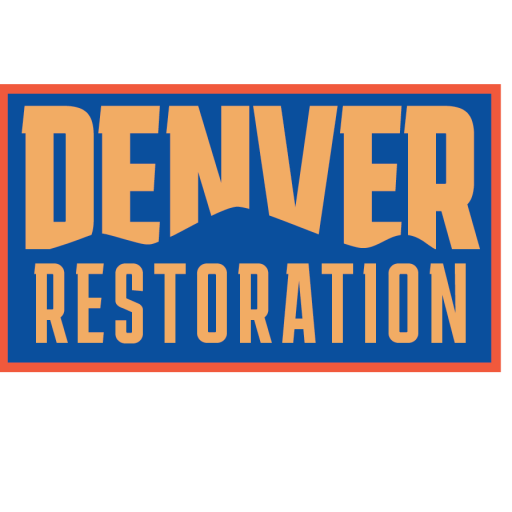Understanding the Importance of Mold Inspection
Mold – a word that any homeowner dreads. It is not just an eyesore. When left unchecked, mold can pose significant health risks such as allergies, respiratory issues, and more severe complications. Thus, understanding the importance of mold inspection at home is crucial.
The process of DIY Mold Testing allows homeowners to identify potential mold infestations promptly, ensuring that these health risks are mitigated early on. The procedure does not just involve looking for visible signs of mold. It includes thorough testing to determine the type and concentration of mold in your home.
Safeguard Your Home Environment
By conducting regular DIY mold testing, you are putting a protective barrier between your loved ones and potential hazards. Taking a proactive approach means that you are not leaving anything to chance. You are making certain that your living environment remains safe and mold-free.
This is especially important for homes with younger kids, the elderly, or anyone with a weakened immune system. These demographics are at a higher risk of health complications from mold exposure. Proper, regular mold inspection at home could be a lifesaver for such individuals.
Steps to DIY Mold Testing
For those eager to tackle DIY mold testing, the process is quite straightforward. First, you will need a DIY mold testing kit. These are readily available online or in home improvement stores. Each package will have its instructions, but the general steps are similar.
They typically involve taking samples from various areas in your home, such as air samples or swab samples from surfaces. These samples are then sent off to a lab for analysis, helping you uncover hidden mold that may not be visible to the naked eye.
Pivotal Role of Professional Help
While DIY mold testing is a great first step in mold management, it is crucial not to overlook the critical role that professionals play. Professional services, like the ones provided at Denver Restoration, offer comprehensive and effective techniques for mold inspection.
They are equipped with advanced tools and have expert knowledge to identify even the most subtle signs of a mold problem. These experts can also provide thorough remediation services to ensure that the mold is not only identified but also effectively removed.
It’s also worth noting that some insurances require professional assessments for mold damage coverage. By tapping into professional mold inspection services, you are covering all bases, ensuring the safety and compliance of your home environment.
Dealing with Mold – Post Detection
Once mold has been detected, the next step is addressing the issue. Your approach will depend on the extent of the infestation and the mold type. Mold remediation can be a complex process, and it’s vital to handle it safely to prevent further spread or exposure.
Some homeowners may choose to take on this task themselves, but again, professional expertise can be significantly beneficial. With their assistance, you can ensure a thorough and safe mold treatment, minimizing potential health risks. For a deeper understanding on how this process works, check out this article on seamless water damage restoration, as it provides vital insights on moisture control, a key factor in mold management.
Preventive Measures
Prevention is always better than cure. So, understanding how to control moisture levels in your home can help prevent future mold growth. Simple steps like using dehumidifiers, ensuring proper ventilation, and regularly cleaning susceptible areas can make a significant difference.
For more detailed advice on moisture control, you may want to peruse this guide on effective moisture control. It offers guaranteed solutions that could save you time, money, and stress in the future.
In summary, taking the power into your own hands by conducting regular DIY mold testing can help safeguard your home environment. Combined with professional expertise and preventative measures, it is an effective strategy to keep your home safe and healthy. Be proactive, stay alert, and ensure that your home remains a haven for you and your loved ones.
A Deeper Dive into the Health Risks of Mold
Mold, specifically the kind found indoors, can lead to health complications if not promptly addressed. According to the Centers for Disease Control and Prevention (CDC), exposure to molds can lead to symptoms such as stuffy nose, wheezing, and red or itchy eyes or skin. Mold exposure can also trigger asthma attacks in people who have asthma and are allergic to mold. Moreover, exposure to certain types of molds, like those producing toxins called mycotoxins, can have more severe effects on health.
Ensuring that our living spaces are free from mold is thus not an option – it’s a necessity. Regular DIY mold inspection is a pivotal part of maintaining a safe and healthy living environment.
The Science Behind Mold Growth
Mold is a naturally occurring fungus that can grow anywhere there is moisture and oxygen. Indoors, this can happen in areas exposed to high humidity levels or water damage, such as bathrooms, kitchens, basements, and even on carpets or upholstery.
While the existence of molds in natural, outdoor environments is a crucial part of nature’s decay process, their presence indoors should not be overlooked. Excess moisture within the home is the single most critical factor in mold growth. Hence, understanding and controlling moisture levels is a vital step in avoiding mold related issues.
Importance of Tackling Moisture Issues
To eliminate mold growth in your home, addressing the moisture issue is essential. Moisture can come from various sources such as leaks, condensation, or even high humidity levels. Ignoring these issues can lead to structural damage to your property, a drop in your home’s resale value, and continuously impaired indoor air quality.
Addressing water leaks swiftly is one way of thwarting mold growth in your home. This approach, coupled with the utilization of dehumidifiers or air conditioners to control humidity levels, can significantly reduce the risk of mold infestation.
The Role of Insurance in Mold Damage Restoration
Understanding your insurance coverage is essential when dealing with mold damage. Many homeowners’ policies do not cover mold damage unless it’s directly associated with a “covered peril.” These typically include threats like fire, lightning, or vandalism. However, policies differ, and it’s essential to discuss with your insurance company about navigating insurance claims for mold damage.
Keeping Your Home Mold-Free
Mold growth can be a significant cause of concern for many homeowners. However, by understanding how molds thrive and taking the necessary precautionary measures, you can ensure your home remains mold-free. This includes conducting regular mold inspections, controlling moisture levels in the home, and seeking professional help when necessary. Remember to always refer back to the Minnesota Department of Health’s guide on testing for mold in your home.
By proactively taking these measures, you are ensuring a healthy and secure environment for you and your loved ones. But remember, if mold is a persistent issue in your home, don’t hesitate to call in the professionals. A comprehensive and well-rounded approach to combating mold is your best defense in maintaining a safe, healthy, and mold-free home. There are countless solutions for effective moisture control that guarantee long-term results. So, be sure to explore these options for a comprehensive mold prevention strategy.
Remember that while mold is a common issue most homeowners face, it isn’t one that you need to tackle alone. Help is readily available, and often, it’s just a call away.

